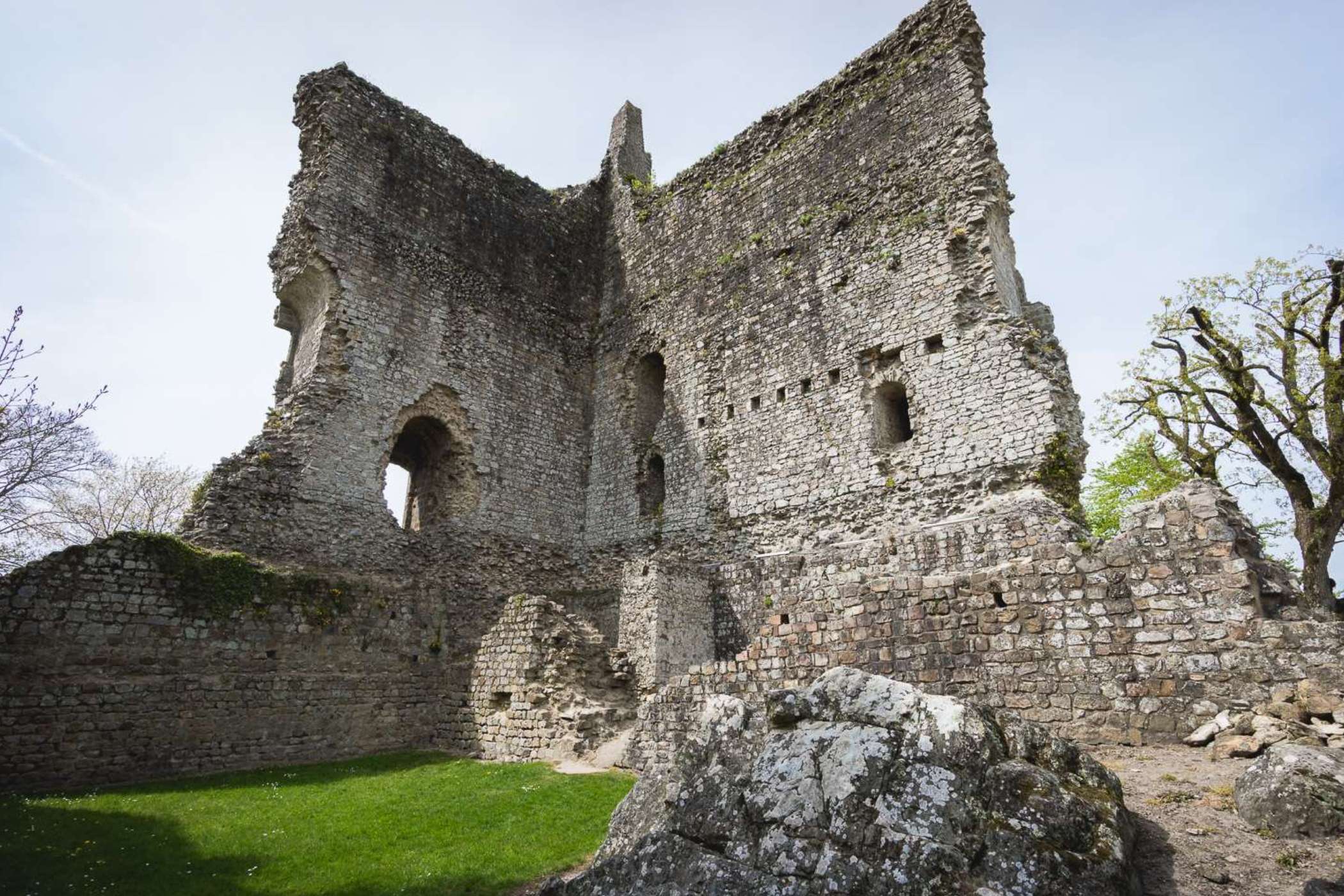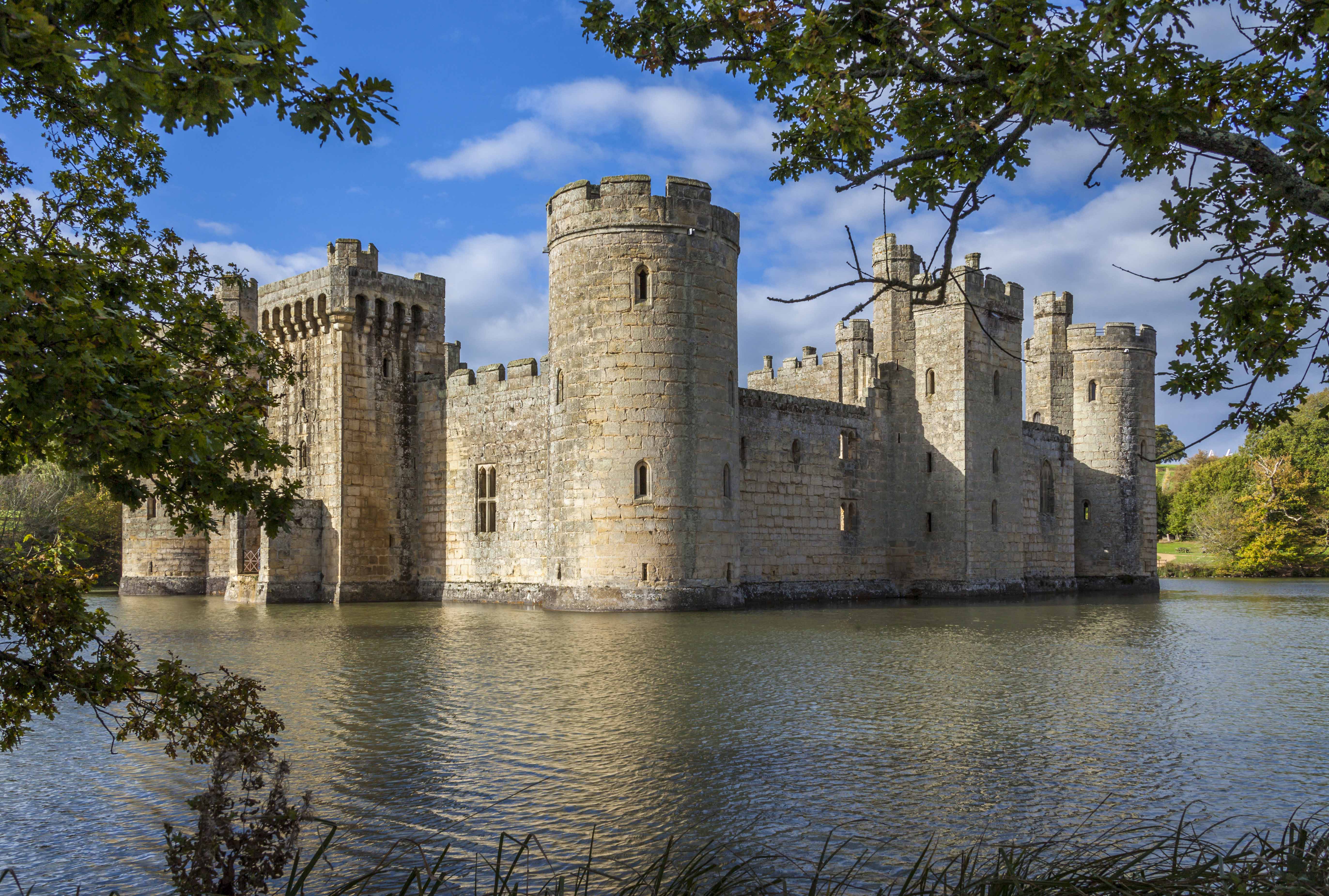
Bailey or Inner Ward (courtyard) - the area within a curtain wall.Īn artificial ditch or moat was dug to surround the entire castle complex and could be filled with water permanently or temporarily during attack in some cases.
 Keep (aka Donjon or Great Tower) - the largest tower and best stronghold of the castle. Fortified Gatehouse - the main castle entrance. Curtain Walls & Towers - the perimeter defensive wall. Barbican - a fortification to protect a gate. Moat - a perimeter ditch with or without water. The typical features of a medieval castle were: Before they got to the keep, though, attackers had to negotiate a long list of defensive features. The keep was the heart of the medieval castle and the last point of refuge in case of attack or siege. Usually with three or more stories (tower keeps) some were lower and are called hall keeps. The keep became a staple feature of castles, although they were called a donjon (from the French word meaning 'lord') prior to the 16th century CE.
Keep (aka Donjon or Great Tower) - the largest tower and best stronghold of the castle. Fortified Gatehouse - the main castle entrance. Curtain Walls & Towers - the perimeter defensive wall. Barbican - a fortification to protect a gate. Moat - a perimeter ditch with or without water. The typical features of a medieval castle were: Before they got to the keep, though, attackers had to negotiate a long list of defensive features. The keep was the heart of the medieval castle and the last point of refuge in case of attack or siege. Usually with three or more stories (tower keeps) some were lower and are called hall keeps. The keep became a staple feature of castles, although they were called a donjon (from the French word meaning 'lord') prior to the 16th century CE. 
Indeed, entirely new locations might be preferred or required, and the foundation of choice was bedrock which prevented any undermining by an attacking force.

Finally, in the 12th century CE, the outer wall and main central tower also came to be built of stone, but not usually on the motte itself as that was not stable enough to use as a foundation for such a heavy structure. In the next stage of development, an outer wall was built of stone on top of the motte and then known as a shell keep.







 0 kommentar(er)
0 kommentar(er)
